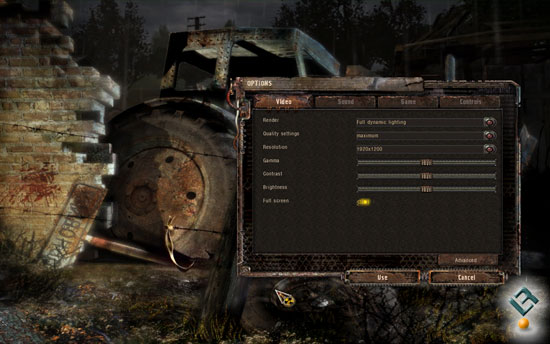XFX nForce 780i SLI Motherboard Review
S.T.A.L.K.E.R.
S.T.A.L.K.E.R.: Shadow of Chernobyl
S.T.A.L.K.E.R.: Shadow of Chernobyl uses the ‘X-ray Engine’ to power the graphics. It is a DirectX 8/9 Shader Model 3.0 graphics engine. Up to a million polygons can be on-screen at any one time, which makes it one of the more impressive engines on the market today. The engine features HDR rendering, parallax and normal mapping, soft shadows, widescreen support, weather effects and day/night cycles. As with other engines that utilize deferred shading (such as Unreal Engine 3 and CryENGINE2), the X-ray Engine does not support anti-aliasing with dynamic lighting enabled. However, a “fake” form of anti-aliasing can be enabled with the static lighting option; this format utilizes a technique to blur the image to give the false impression of anti-aliasing. The game takes place in a thirty square kilometer area, and both the outside and inside of this area is rendered to the same amount of detail.
The game was tested at 1920×1200 with 4x AA and all the settings shown above.

Benchmark Results: At the default 1920×1200 game resolution with full dynamic lighting and maximum quality settings, I found that S.T.A.L.K.E.R.: Shadow of Chernobyl pretty much even on all the boards and with both processors. This just goes to show at 1920×1200 that the video card is the main limitation of the system. Even with this limitation it seems that the 780i SLI motherboard was 2.5% slower than the Gigabyte X38-DQ6 motherboard when using a 45nm Yorkfield QX9650 1333FSB processor. With the Intel Core 2 Duo E6750 the 680i SLI and the 780i SLI were too close to see any significant differences.



Comments are closed.